Italy, a country that enchants with its deep history and rich culture, is a true paradise for anyone who loves to immerse themselves in nature. The best parks in Italy are not only serene retreats away from the bustle of the cities, but are also guardians of breathtaking biodiversity and landscapes, ranging from majestic mountain peaks to bewitching coastlines, passing through dense forests and crystal clear lakes.
Let's dive in together to explore the 20 best parks in Italy, each with its own peculiarities and wonders. Each Italian national park is a world of its own, a unique experience just waiting to be experienced and shared. Get ready to explore, dream and plan your next adventure in the green heart of Italy.

Best National Parks in Italy: an experience between nature and history
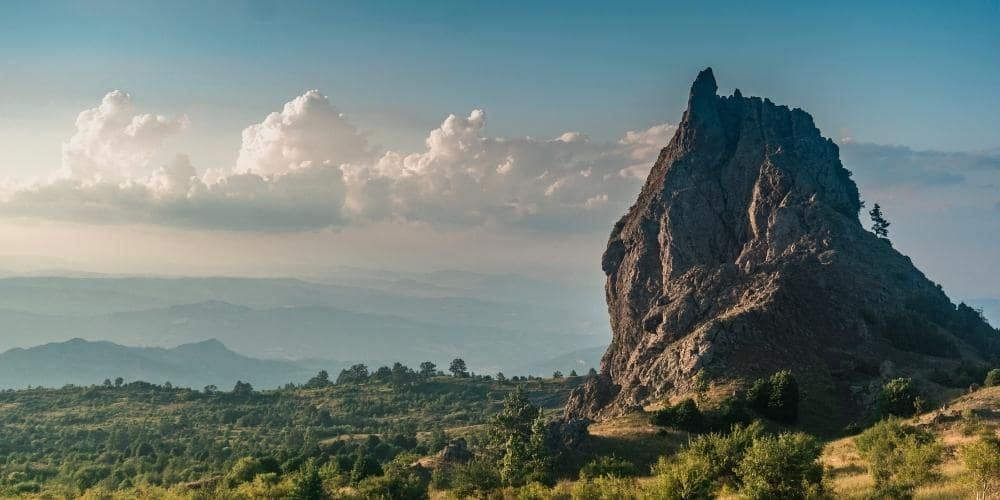
Embarking on a journey through the Best National Parks in Italy means immersing oneself in a series of experiences, following the thread woven between stories of unspoilt nature, extraordinary biodiversity and breathtaking panoramas. It is a journey that guides us through the exploration of different environments, from mountainous to marine, offering not only a refuge for the soul, but also an adventure that stimulates curiosity and appreciation for Italy's natural wonders and cultural richness.
20. Gran Paradiso National Park
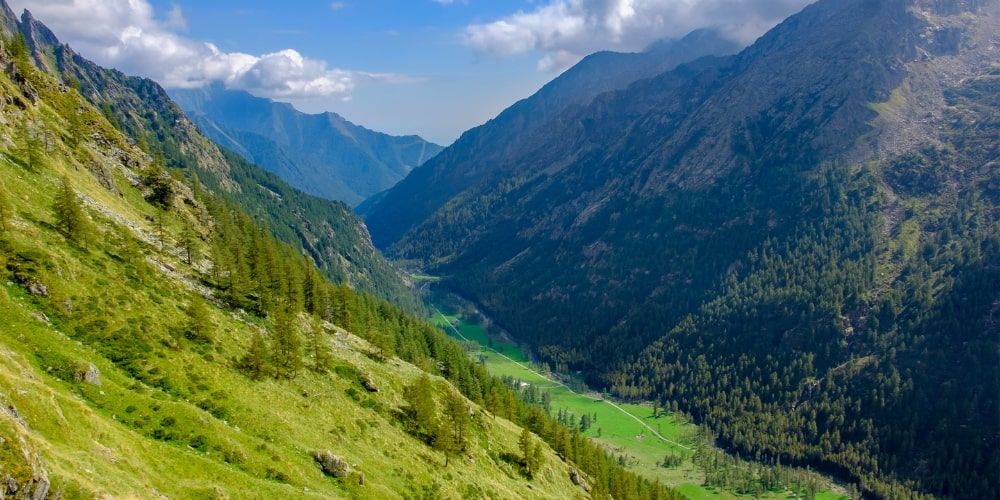
The Gran Paradiso National Park, located in the heart of the Graian Alps between the Aosta Valley and Piedmont, is a jewel of biodiversity and history in north-western Italy. Established on 3 December 1922, it boasts the title of the country's oldest national park, covering an area of 703 square kilometres and offering refuge to the mountain of the same name, Gran Paradiso.
This natural sanctuary, famous for its thriving population of ibex and chamois, once on the brink of extinction, is a living symbol of conservation and coexistence. Vittorio Emanuele, the future King of Italy, proclaimed the Gran Paradiso Royal Hunting Reserve in 1856, thus safeguarding the ibexes. The paths created for the ibex at that time are still used today as part of the park's 724 kilometres (450 miles) of marked trails and mule tracks.
19. Cinque Terre National Park

The Cinque Terre National Park, established in 1999, lies along the glittering Ligurian coastline, specifically in the province of La Spezia. Despite being the smallest national park in Italy at only 4,300 acres, it boasts a unique population density, accommodating 5,000 permanent inhabitants spread across five enchanting villages.
The Cinque Terre are a group of five picturesque coastal villages: Monterosso al Mare, Vernazza, Corniglia, Manarola and Riomaggiore. These villages are known for their colourful houses, terraced vineyards and scenic paths that connect them.
The beauty of these places lies not only in the natural magnificence of the sheer cliffs and the crystal-clear waters of the Ligurian Sea, but also in the skilful way man has shaped the land, creating a sublime balance between environment and architecture. A not-to-be-missed experience is the boat tour to the Cinque Terre, which allows you to admire these Ligurian jewels from a unique and enchanting perspective, sailing between the inlets and under the imposing promontories.
Discover more18. Circeo National Park
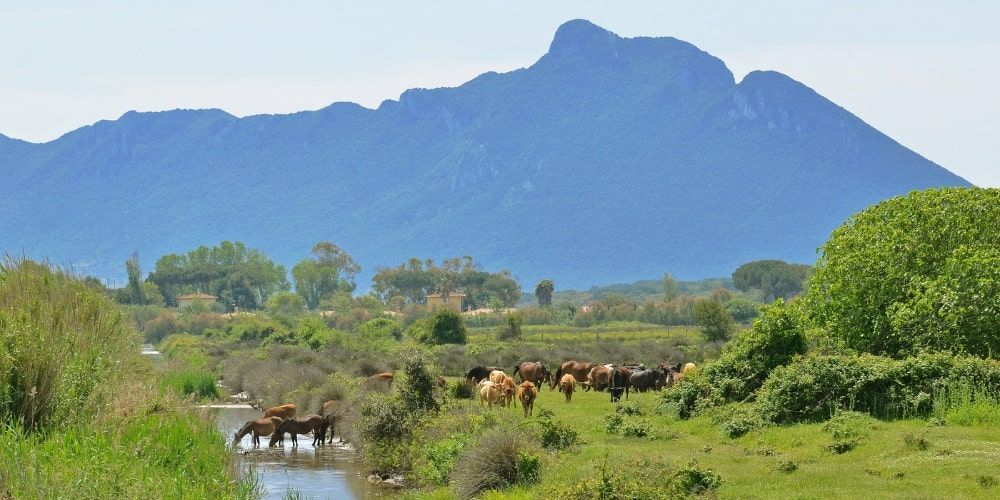
The Circeo National Park, established in 1934, stretches along a coastal strip from Anzio to Terracina, also embracing a portion of forest inland from San Felice Circeo and the island of Zannone. The park is distinguished by its exceptional variety of landscapes, ranging from beaches to dunes, from coastal lakes to forests, all the way to the Circeo promontory, which rises up to 541 metres.
The park's biodiversity and ancestral legends, particularly that of Ulysses and the sorceress Circe, create a fascinating amalgam of history and nature. Golden dunes, centuries-old forests and coastal lakes weave together a mosaic of ecosystems, where wild life thrives, offering a unique experience in a setting where myth and reality blend harmoniously.
17. Dolomiti Bellunesi National Park
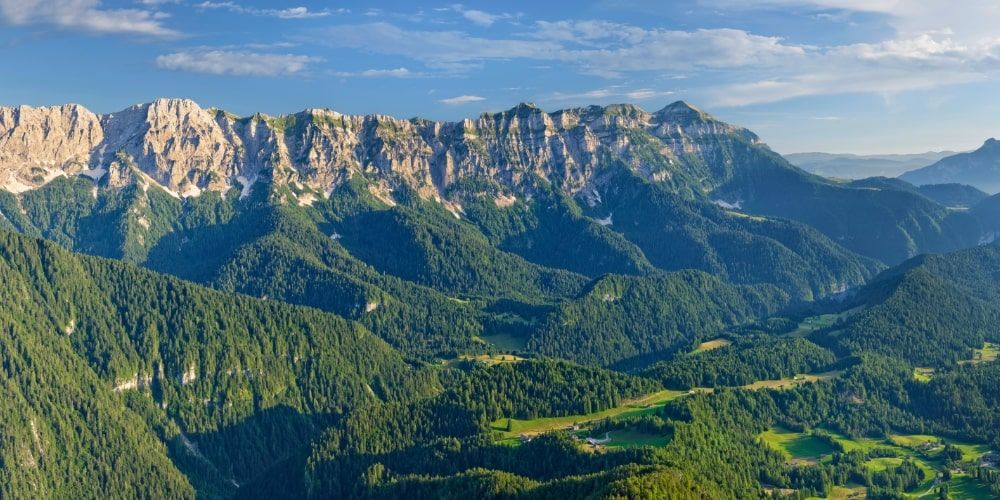
Imposing limestone peaks, whispering valleys and extraordinary biodiversity define the Belluno Dolomites National Park. The only park in the fascinating Dolomites, this region is distinguished by its extraordinary variety of flora and fauna. Established in 1988, the park is part of the 'Pale di San Martino - San Lucano - Dolomiti Bellunesi - Vette Feltrine' area, recognised as a UNESCO World Heritage Site in 2009. The imposing peaks, lush valleys and natural wealth of the park offer a unique experience to visitors, where geological history and biological diversity come together in a breathtaking panorama.
16. Aspromonte National Park
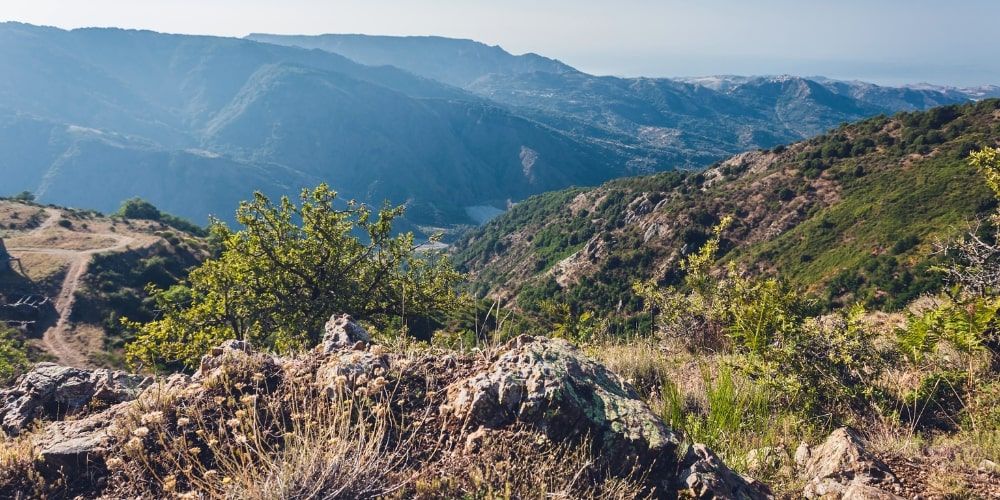
The Aspromonte National Park, located in southern Calabria, is a 641.53 km² treasure trove that celebrates the magnificence and diversity of Italian nature.
This protected area not only boasts breathtaking panoramas, adventurous trails and a geological heritage of international resonance, but also forests of centuries-old trees that represent an invaluable natural heritage, hosting a variety of plants emblematic of the Mediterranean basin. The fauna and flora, with a mixture of common and rare species, further enrich the naturalistic value of Aspromonte.
But it is not only nature that defines this unique place: local handicrafts have preserved and handed down ancient techniques and knowledge. In addition, there are many monasteries and sanctuaries in Aspromonte, such as the well-known sanctuary of Polsi, which make the park a crossroads where the culture of local communities and the wild beauty of nature meet.
15. Asinara National Park

The Asinara National Park, located on the island of the same name off the north-western coast of Sardinia, is a 52 km² protected area that holds a rare treasure trove of wild, unspoilt nature, surrounded by a sea of crystal-clear splendour. The island, with over 100 km of coastline, alternates impressive rocky cliffs to the west with gentle coves to the east, offering beaches and coves of extraordinary beauty, such as the famous Cala d'Arena, overlooked by the historic Aragonese Tower.
Asinara, accessible only by sea from Porto Torres or Stintino, is not only a natural paradise, but also a place where history, marked by isolation and imprisonment, meets the biodiversity of a unique ecosystem.
White donkeys, vivid corals and a variety of fauna and flora species coexist in this corner of paradise, where the dialogue between the vestiges of the past and the vitality of nature offers an authentic and deeply involving travel experience.
14. Maiella National Park
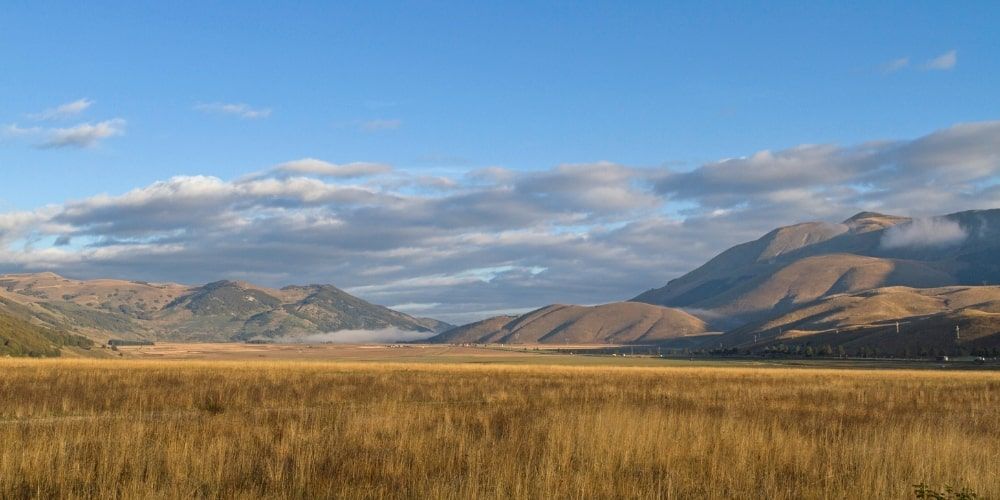
The Maiella National Park, or Majella, stretches over 74,000 hectares between the provinces of Chieti, Pescara and L'Aquila in the beautiful Abruzzo region. At the centre of the park towers the Maiella massif, with Mount Amaro towering at 2,793 metres.
With over 2,100 identified plant species, some of which were discovered right here, and a wealth of fauna, some of which are very rare, the park is a kaleidoscope of life in all its nuances. The Morrone Massif, the park's second peak, hosts a mosaic of environments, from beech forests to pastures, offering a varied experience at every turn.
The park's network of visitor centres guides explorers and the curious through this treasure chest of nature and history, organising guided itineraries and providing valuable information. The numerous municipalities and six mountain communities integrated into the park weave together a land management that harmonises conservation and community.
13. Vesuvius National Park
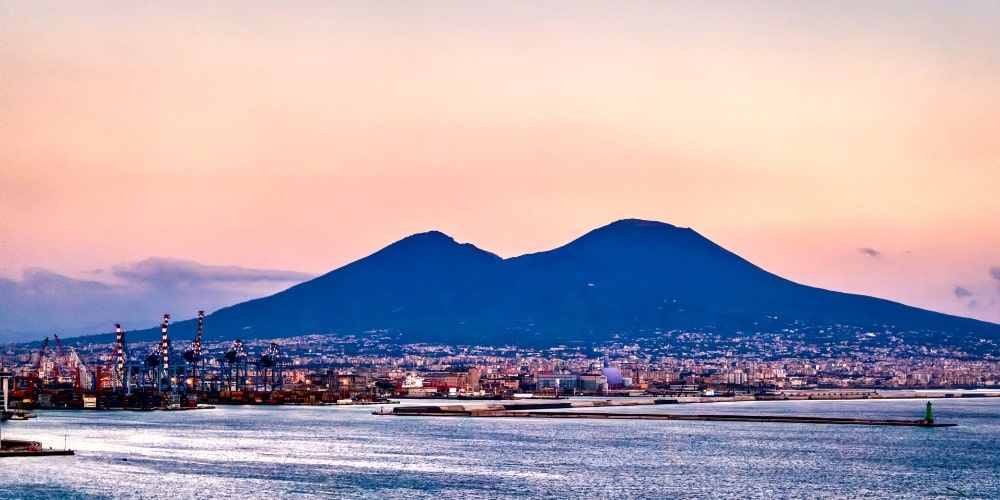
Vesuvius, the majestic guardian of the Bay of Naples, is an emblem of strength and regeneration. The Vesuvius National Park, covering 8,482 hectares in the heart of the Campania region, envelops the famous Somma-Vesuvius volcanic complex in an embrace of biodiversity and geological history.
The park protects an invaluable biodiversity, preserving 79 protected fauna species and four distinct habitats. Since 1995, the area has been recognised as a UNESCO MAB Reserve, testifying to its geological and naturalistic importance. In addition to its natural wealth, Vesuvius invites discovery: excursions, guided tours and educational trails allow you to immerse yourself in this unique landscape.
And, a short distance away, you have the opportunity to explore the cultural and historical wonders of Naples, a jewel set in the magnificent Campanian landscape.
Discover more12. Monti Sibillini National Park
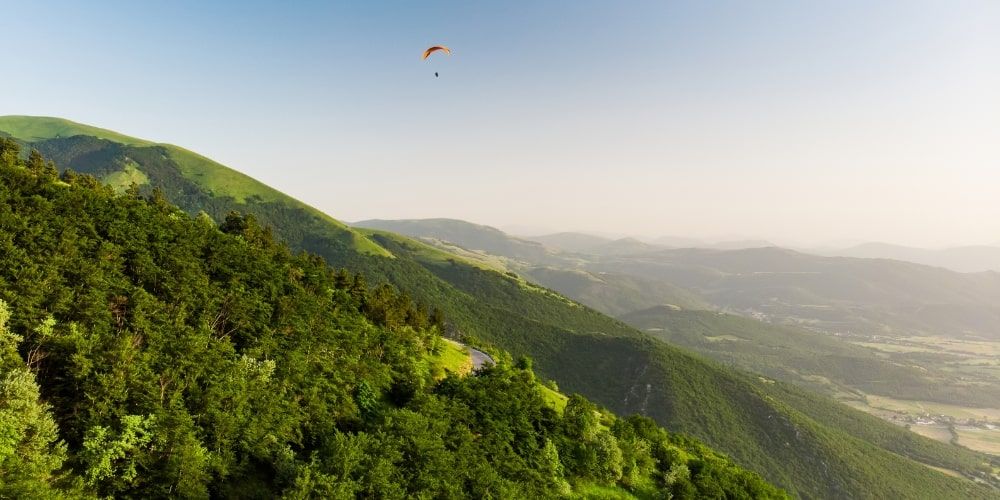
The Monti Sibillini National Park, a protected area covering some 71,437 hectares between the regions of Marche and Umbria, is a fascinating mosaic of biodiversity and legend, set in the central Apennines.
Characterised by a predominantly mountainous terrain and the limestone massif of the Monti Sibillini chain, the park offers a landscape where 142 protected fauna species and 15 habitat types thrive amidst majestic peaks and enchanted valleys crossed by meandering streams.
The legendary Sibyl, with her omens shrouded in mystery, still seems to permeate the atmosphere among the misty peaks, giving the landscape an aura of enchanting beauty and secrecy. The park, which involves the provinces of Ascoli Piceno, Fermo, Macerata, Perugia and Terni, not only preserves the natural wealth, but also invites discovery through activities such as hiking, trekking and mountain biking, allowing the visitor to explore lakes, waterfalls and medieval villages, in a journey where nature and history intertwine harmoniously.
11. Gargano National Park
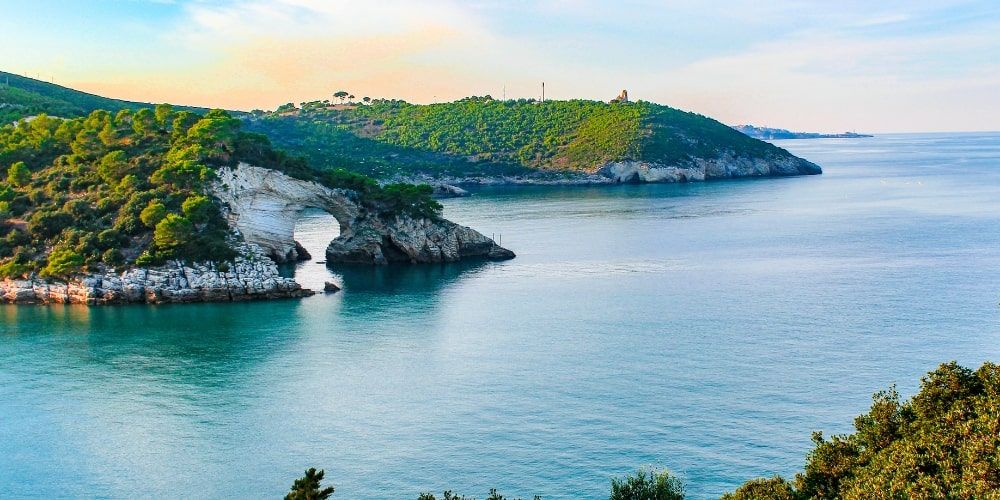
The Gargano National Park, located in the province of Foggia, Apulia, is a 118,144 hectare jewel that celebrates the diversity of Italian nature, offering a fascinating interweaving of ecosystems, from the glittering coastline to the shady forests. This vast protected area, one of the largest in Italy, not only embraces the Gargano territory, but also extends to the Tremiti islands, guardians of a marine reserve of inestimable value.
The variety of habitats, ranging from rocky coasts to warm valleys, from beech forests to Mediterranean Aleppo pine forests, and the famous Foresta Umbra, is home to an extraordinary biodiversity, including the roe deer, an indigenous species, and different types of woodpeckers.
The Gargano wetlands, crucial for the migratory routes of water birds, blend with landscapes where coastal forests, almond and olive groves, and limestone cliffs create a mosaic of beauty and life. Here, amidst wild orchids and sea caves, the Gargano offers itself as the eternal glue between land and sea, inviting you to discover a world where nature dances in a perpetual spectacle of magnificence and mystery.
10. Stelvio National Park
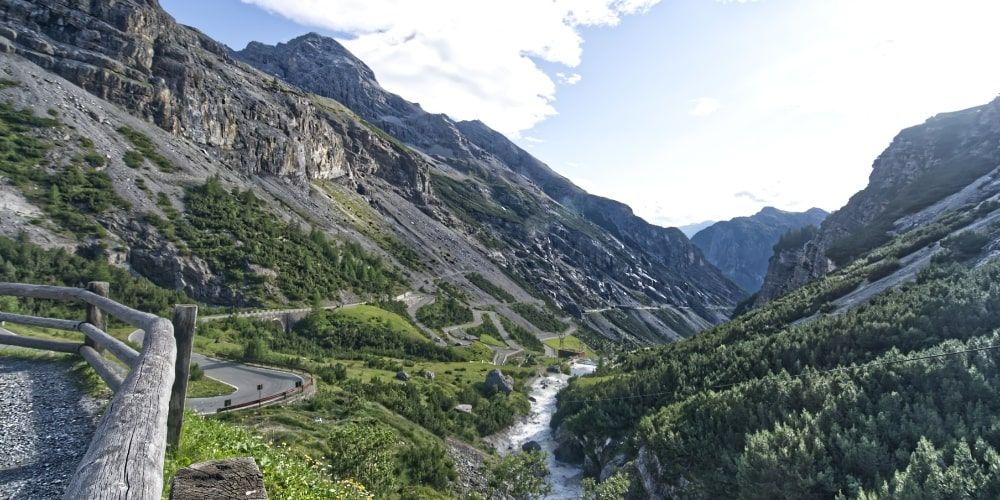
The Stelvio, a majestic kingdom of ice and rock, rises imposingly in the Central Alps, majestically guarding the Stelvio National Park, one of the oldest nature parks in Italy, established back in 1935.
This Alpine wonder, which stretches 130,700 hectares across the regions of Lombardy, Trentino and South Tyrol, embraces the majesty of the Ortles-Cevedale mountain range, offering a landscape where biodiversity flourishes in a mosaic of biomes and natural environments. Here, you can see deer, chamois, roe deer and ibex, but also marmots and foxes populate these pristine places.
The crystal-clear waters of the streams and the glaciers, eternal guardians of the peaks, complete the enchanting scenery. But the Stelvio is not just nature: its valleys bear the scars of the First World War, especially in the Braulio Valley and at the Stelvio Pass, bearing witness to the tragic events that took place here.
After immersing yourself in such natural and historical wonders, treat yourself to a moment of pure relaxation at the nearby QC Terme Bagni Nuovi, where the thermal water and mountain scenery create an oasis of well-being in the heart of the Alps.
Discover more9. Tuscan-Emilian Apennines National Park
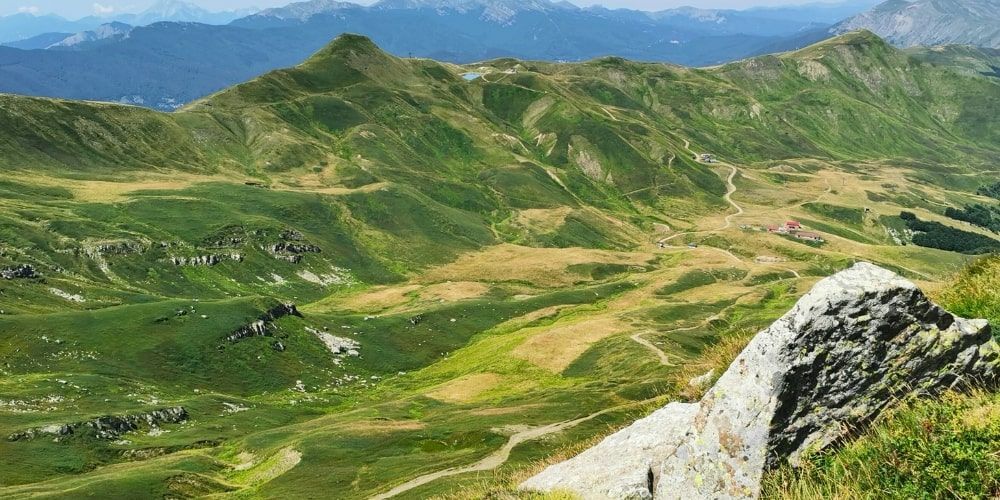
In the heart of Italy, between Emilia-Romagna and Tuscany, the Appennino Tosco-Emiliano National Park unfolds in an embrace of over 26,000 hectares of unspoilt nature. Recognised as a MAB Biosphere Reserve by UNESCO, this park weaves a mantle of tranquillity between mountains, valleys and whispering forests.
It is a haven where biodiversity flourishes thanks to the fusion of European and Mediterranean climatic zones. Here, deer and wild mushrooms inhabit ancient forests, while the voices of water and wind tell stories of earth and sky.
The park, which involves provinces from Massa-Carrara to La Spezia, offers countless opportunities for excursions, trekking and moments of pure contact with nature.
8. Pantelleria Island National Park
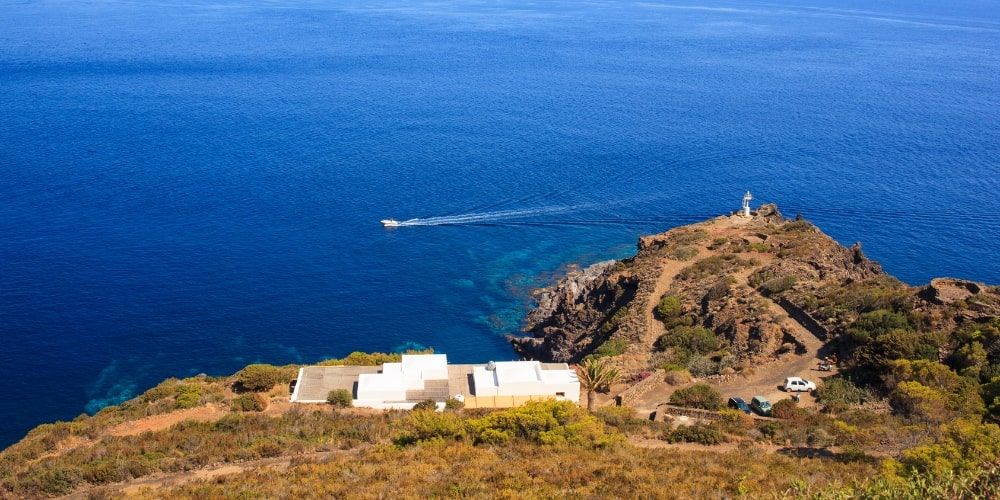
You can explore the wild heart of Sicily with a visit to the Pantelleria Island National Park, the region's first national park, covering 80% of the island, or 66.4 km².
Established in 2016 and managed by the Ministry of the Environment, it is divided into three zones, each with its own uniqueness and naturalistic relevance, with the primary objective of preserving and protecting Pantelleria's unique ecosystem. The island, with its rich biodiversity and priceless landscapes, offers an authentic and immersive experience in nature, where flora and fauna thrive in a preserved and genuine environment.
Pantelleria is not simply a destination: it is a journey through spectacular views, unique nature and an atmosphere that tells stories of land and sea, inviting you to discover and honour the rhythm and soul of this extraordinary corner of Sicily. An adventure that intertwines the wild beauty of nature with the sincere hospitality of the island, making your stay an unforgettable experience.
Discover more7. Lucano Val d'Agri Lagonegrese Apennine National Park
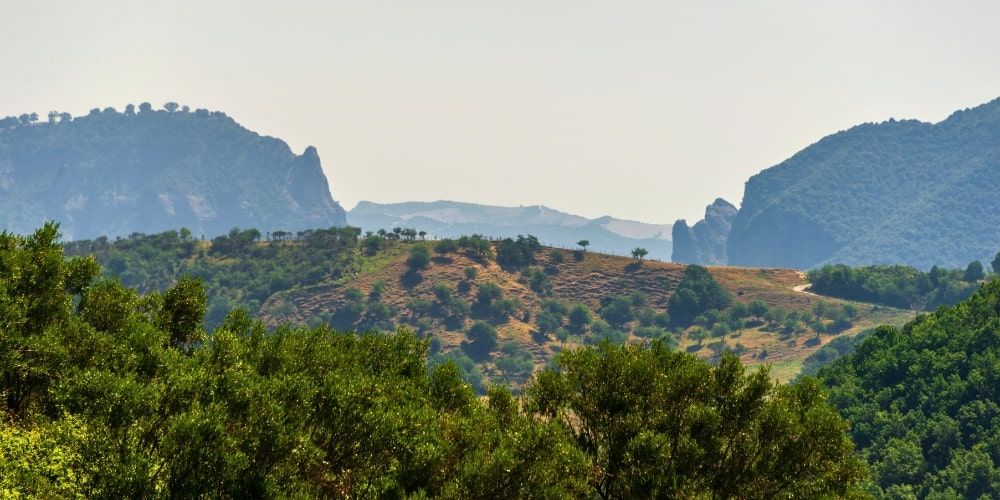
Immerse yourself in the green heart of Italy by exploring the Appennino Lucano National Park. Nestled in the mountains of Lucania, the park covers some 70,000 hectares of protected area.
Established in 2007, it is characterised by a rich biodiversity, where wolves, wild boars and otters, inhabitants of the Agri river, coexist in a rich and varied environment. The vegetation, a mix of lush forests and imposing peaks, offers scenery that changes with the seasons, providing ever new and fascinating spectacles.
The trails, which wind through altitudes ranging from 255 to 4,097 feet, invite you to immerse yourself in breathtaking views and to let yourself be lulled by the whispers of nature, in a journey where time seems to suspend its inexorable march, allowing each person to tune in to the authentic and primordial rhythm of the earth.
6. Alta Murgia National Park
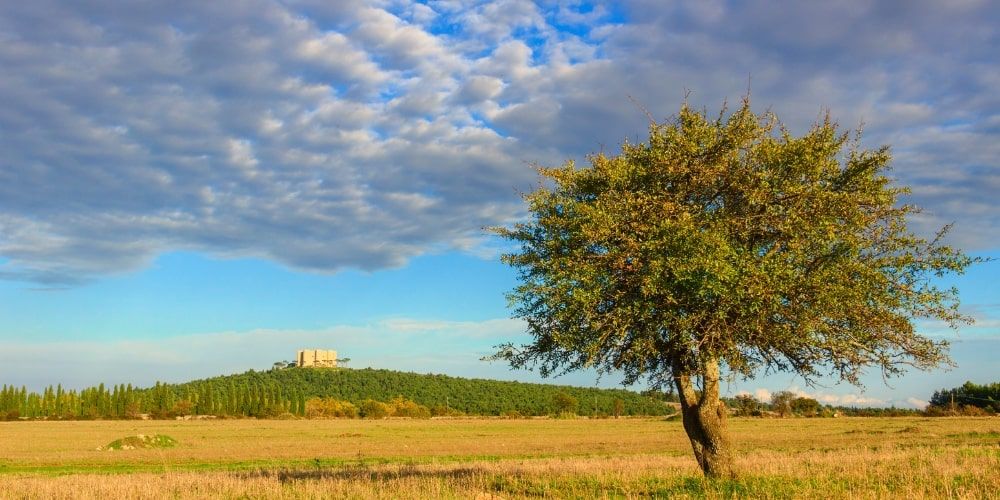
The Alta Murgia National Park, covering 677.39 km² in the heart of Apulia, between the provinces of Bari and Barletta-Andria-Trani, represents the simplicity and true beauty of southern Italy. The Murgia, with its limestone geography, is outlined between hills, offering unforgettable views and tales of a sedimented antiquity.
The park, established in 2004, is not only an ode to nature, but also a journey through history and culture: from the majestic Castel del Monte, a fantastic example of Frederick's architecture and a World Heritage Site, to the fascinating bauxite mines and karst sinkholes such as the Pulo di Altamura.
Every corner, every stone exudes stories of a rich past and of a nature that expresses itself in all its authenticity. The Alta Murgia is waiting to tell its stories, inviting you to lose yourself in its paths, where the echo of the wind whispers ancient traditions and the red earth merges with the infinite blue of the sky.
Discover more5. Sila National Park
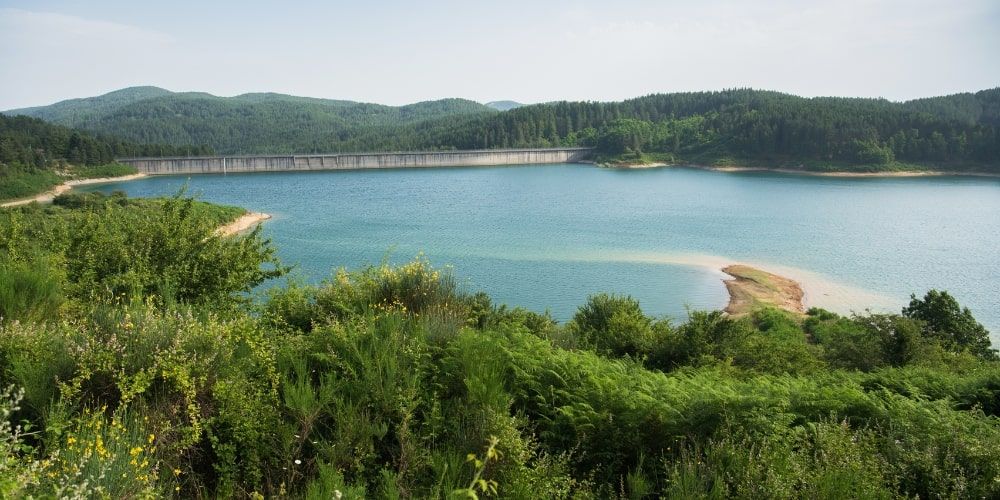
Sila, located in the centre of Calabria, unfolds into a magnificent spectacle of unspoilt nature, offering a haven of peace and authentic beauty.
Covering an area of 73,695 hectares, the Sila National Park spreads out in a lush green mantle, where 80 per cent is covered by a variety of forests, including beech and pine trees, some of them centuries old. Here, the Apennine wolf, symbol of a wild and untamed nature, moves silently among the trees, while migratory birds find a rest on their long journeys.
The Sila is not just a place, but an experience, a journey through the discovery of a rich and surprising biodiversity, among olive groves and vineyards, deer and roe deer, in a mosaic of life that dances in harmony with the rhythm of the seasons. A place where the soul finds rest and the eyes lose themselves in the immensity of its wild beauty.
The Val Grande National Park, located in the Piedmontese Alps, shows itself as a realm where nature, untamed, draws scenery of unparalleled beauty. At 150 square kilometres, it represents the largest wilderness area in Italy.
Here, amidst the whisper of the beeches and the echo of the peaks, biodiversity flourishes in a symphony of life that welcomes deer, chamois and golden eagles. If you love adventure, the hiking trails lead through spectacular alpine landscapes, with cosy mountain huts for complete immersion in nature.
3. Cilento, Vallo di Diano and Alburni National Park
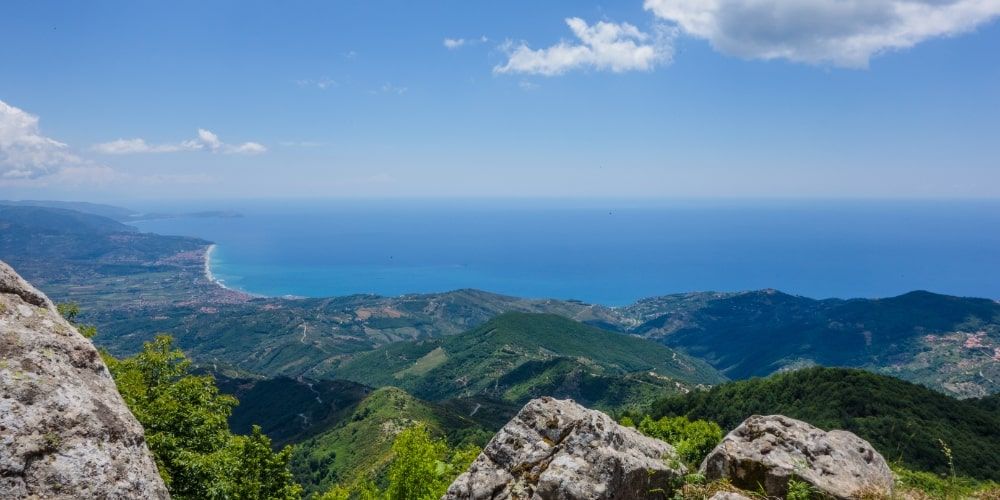
The National Park of Cilento, Vallo di Diano and Alburni, located in the province of Salerno, was recognised as a UNESCO World Heritage Site in 1998, together with the Greek archaeological sites of Paestum and Velia and the Certosa of Padula.
Stretching over 181,000 hectares of natural wonders, the Cilento invites you on a journey through fascinating landscapes. Imagine mountains merging with the sea, creating a picture postcard panorama.
As you make your way through the park, you will come across peculiar karst caves and lush forests, evidence of the rich geology of the place. But that's not all: there are several places of historical and cultural interest within the park, such as the medieval village of Castellabate.
The park promotes the production of goods and services using methods compatible with the characteristics of the territory of the Protected Natural Area and its conservation requirements, helping to safeguard the traditional heritage, typical products and local crafts. Therefore, in addition to hiking experiences, you could try your hand at modelling ceramics in the heart of Orria.
2. Gran Sasso and Monti della Laga National Park
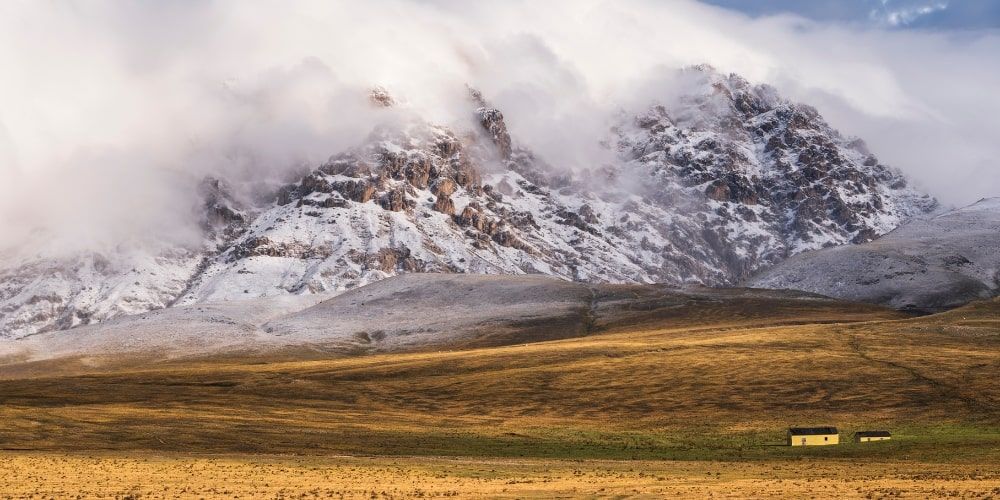
The Gran Sasso e Monti della Laga National Park, one of Italy's brightest jewels, unfolds in a magnificent mosaic of biodiversity, breathtaking landscapes and cultural richness. The majestic peaks of Corno Grande, the highest peak in the Apennines, and the lush meadows of the massif offer a natural theatre where adventure and tranquillity dance in an almost eternal balance.
In addition to the forests, villages such as Isola del Gran Sasso d'Italia, guardian of the sacred Sanctuary of San Gabriele dell'Addolorata, offer a warm welcome, blending the wild beauty of nature with the deep spirituality and hospitality of the local communities. Here, every path, every stone and every glance towards the horizon, the infinite, the beyond, becomes an intimate dialogue between the traveller's soul and the immensity of nature.
Tuscan Archipelago National Park
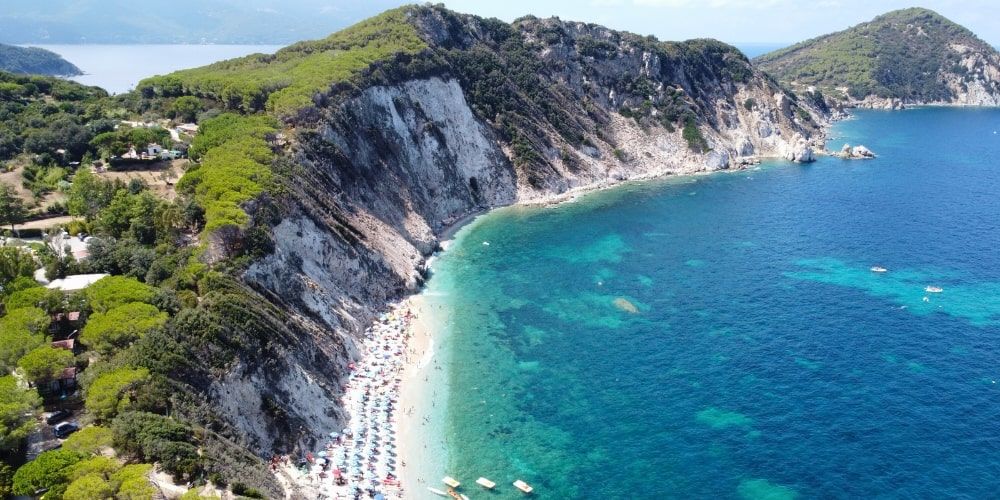
The Tuscan Archipelago National Park is a national and marine park located in the provinces of Grosseto and Livorno, Tuscany. It was established in 1996 and covers an area of approximately 16,856 hectares of land and 56,766 hectares of sea. The park includes the land areas of the seven main islands of the Tuscan Archipelago: Elba, Capraia, Gorgona, Pianosa, Montecristo, Giglio and Giannutri, and the marine area surrounding the smaller islands.
Each island offers a unicum of beauty and mystery. From Elba, with its majestic peaks such as Monte Capanne, to Pianosa, which was transformed from an agricultural penal colony into a maximum security prison, offering every explorer a journey through unspoilt nature and history.
The lush vegetation, where brooms bloom alongside evergreen plants, blends with a sea rich in biodiversity, offering refuge to rare and precious species. One goes from diving to walking among the Mediterranean scrub. The archipelago is an unmissable destination that promises unforgettable adventures.
Tips for visiting national parks in Italy
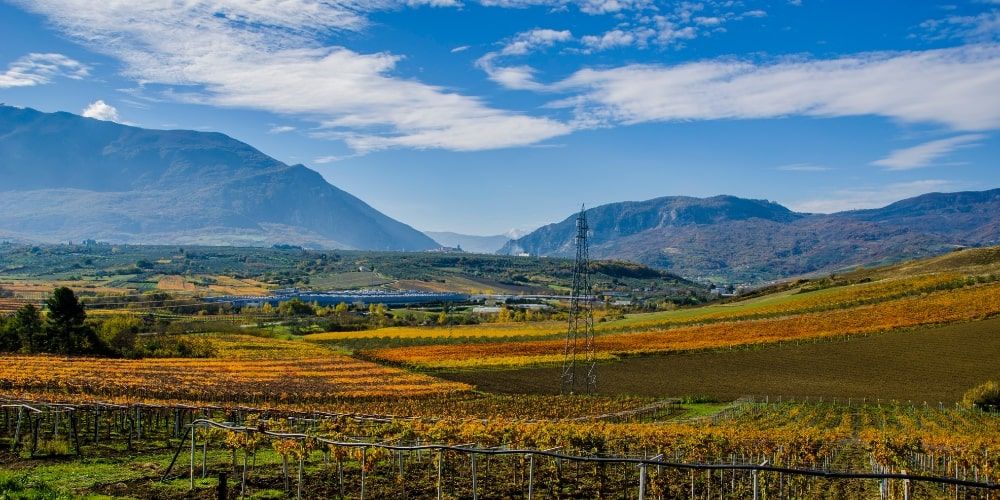
Visiting Italy's national parks is an experience that requires respect and awareness of the environment. Equipped with appropriate footwear and always careful not to disturb the local fauna, immerse yourself in the scenic beauty with an adventurous but responsible spirit. Remember: nature offers, but demands respect and protection in return. Your every step is a dialogue with the earth you tread, make it light and respectful.
About the author
Written on 16/10/2023

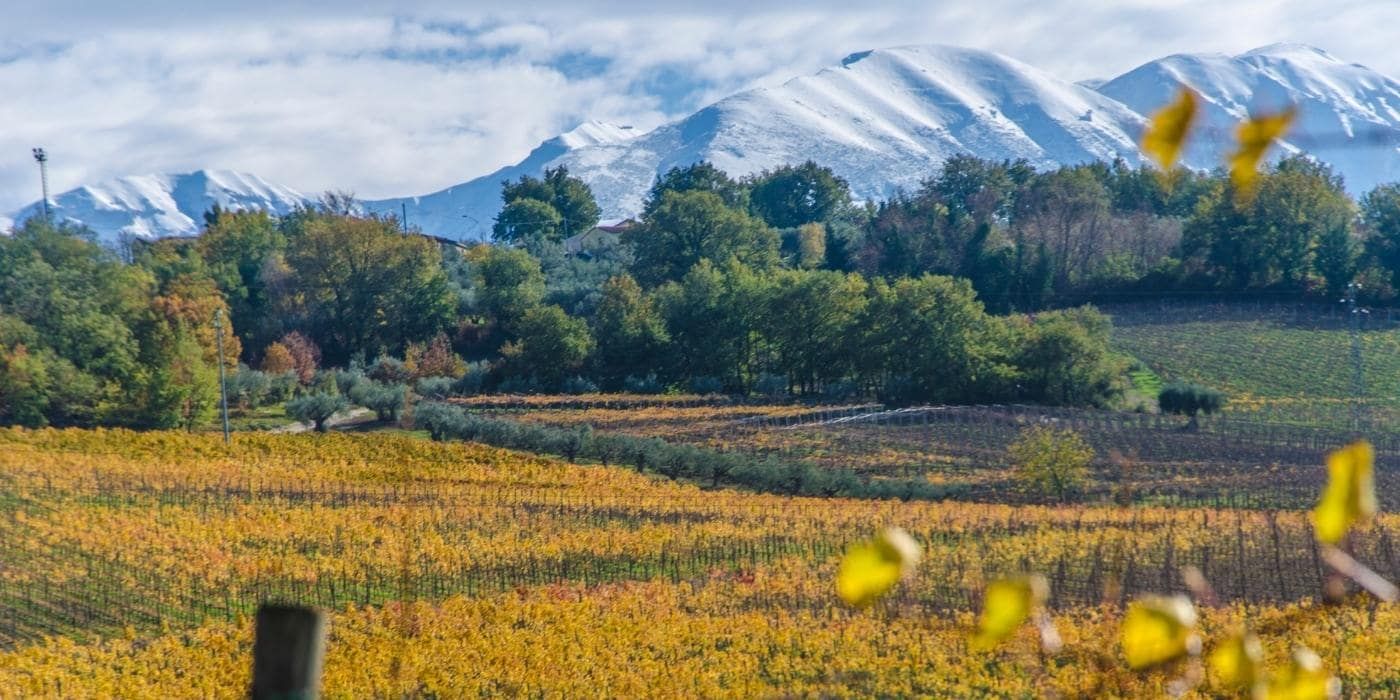

Rossella Friggione
Explore the 20 best National Parks in Italy with us! Discover the biodiversity and natural wonders that these Italian jewels have to offer.